Types of
Stinging Insects
Learning Center

Stinging Insects
Bees and wasps play a vital role in the ecosystem. Bees pollinate 70 of the top 100 crops eaten by humans, as well as the vast majority of flowering plants. Wasps also pollinate, but their value is primarily derived from eating harmful insects and larvae that feed on vegetables. However, when bees, wasps, or hornets interact with people or pets, the results can be painful and, in some cases, deadly.
What do bees and hornets look like?
Like all insects, the bodies of bees, wasps, and hornets consist of a head, thorax, and abdomen, covered by an exoskeleton. They have six legs, two antennae, two sets of wings, both compound and simple eyes, a mandible used for cutting and chewing, and a stinger (in females).
Wasps, bees, and hornets vary in appearance depending on species. Bees are covered in hair, making them appear fuzzy, and they often have colorful bands on their bodies. Honeybees are golden brown with black stripes, bumblebees and carpenter bees are yellow and black, and leafcutter bees are black and white. Bees range in size; the average bumblebee is between 3/4” and 1 1/2” in length.
Wasps are narrower than bees and have smooth bodies. Wasps vary in color and may be brown, yellow, bright red, or metallic blue. They can grow up to 1 1/2” in length. Hornets have bigger heads than wasps and are more rounded and larger, growing to over 2” in some cases.
Bees and social wasps live in colonies that consist of queens (who lay eggs), drones (who fertilize the eggs), and infertile workers (who provide for and protect the colony). Drones die shortly after mating. Solitary wasps build individual nests, preferring not to live with other wasps. Both male and female solitary wasps are fertile.
What are the unique characteristics of bees and hornets?
Many wasps and bees feed on pollen and nectar, as well as fruit and other sugary foods. Wasps will even invade honeybee nests to eat the honey within it. Yellow jackets, a type of wasp often seen at picnics, is attracted to human food. Wasps and hornets also eat spiders and insects.
What are the habits of bees and hornets?
Bees and wasps are most visible in the spring and summer, as food sources become more available and offspring are developing. When the weather is cool, they hibernate in their nests.
Where are bees and hornets commonly found?
Bees build nests out of wax, inside wood, or in the ground. Wasps build their nests from fibers they create by chewing, from wood fibers, or in the ground.
Solitary wasps far outnumber social wasps. They are often found nesting in the ground or an existing hole. Social wasps build colonies in sheltered outdoor areas like trees and gardens, or in protected areas around a structure. Wasp nests are often found under eaves, in window frames, or under porches or stairs. Like wasps, bees tend to build their nests in protected areas. Both wasps and bees have been known to create large colonies inside the walls of buildings.
What are the threats and risks of stinging insects?
Bees and wasps can cause damage to your home. Carpenter bees bore holes into decks and other wood structures. Both bees and wasps will build nests in wall voids, creating holes used to enter and exit.
Bees, wasps, and hornets sting in response to feeling threatened. Only female bees and wasps have stingers. A single bee can usually sting only once, while hornets and wasps can sting multiple times. More than half a million people are seen at emergency rooms each year as a result of bee, wasp, and hornet stings. During a sting, venom is injected into the victim, creating a red, swollen area. For those who are allergic, a bee or wasp sting can cause a severe reaction, even resulting in death. About 100 people die each year from bee and wasp stings.
Do you have a bee or wasp problem?
Contact one of our expert technicians today.
GET A FREE INSPECTION

